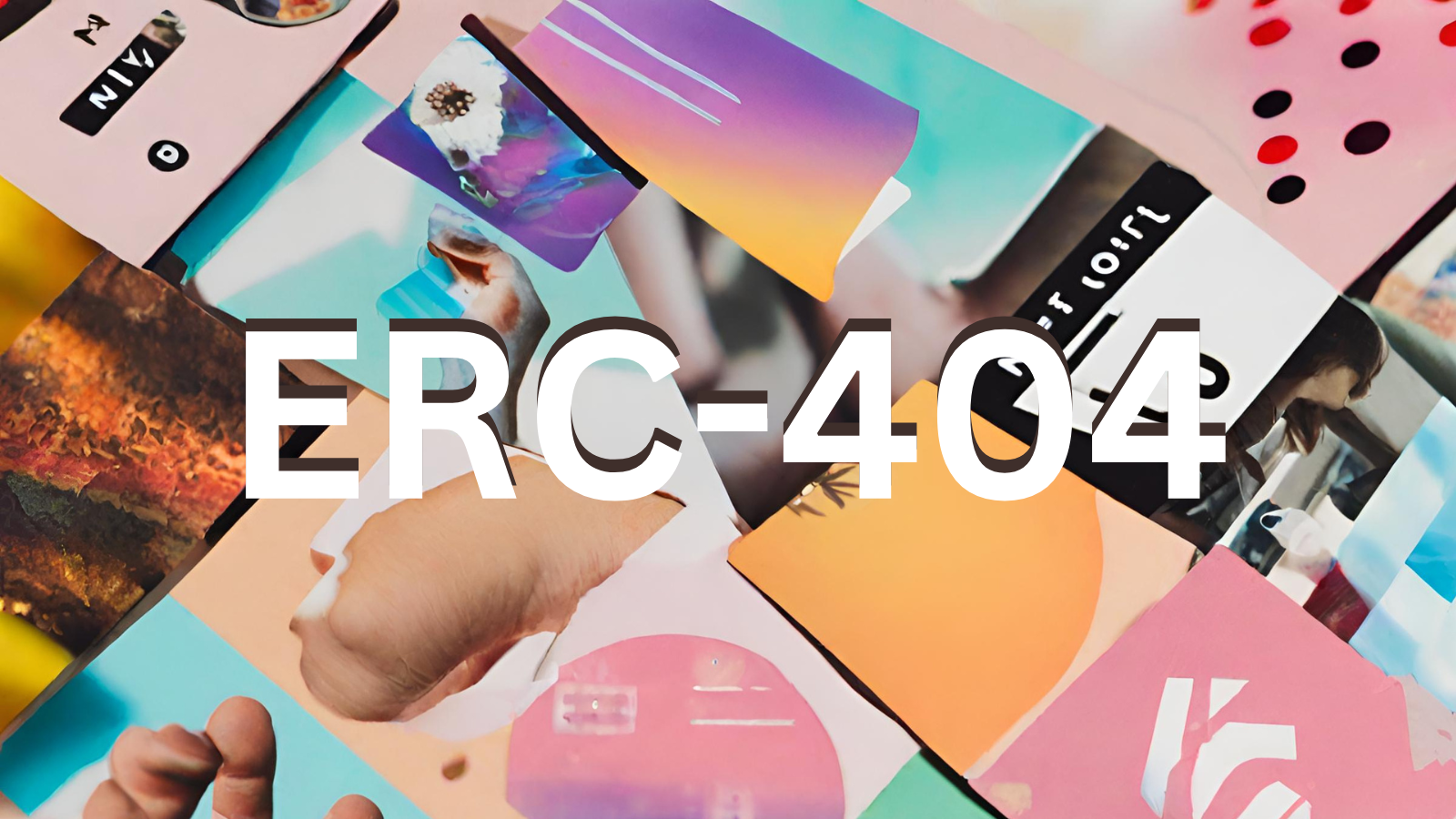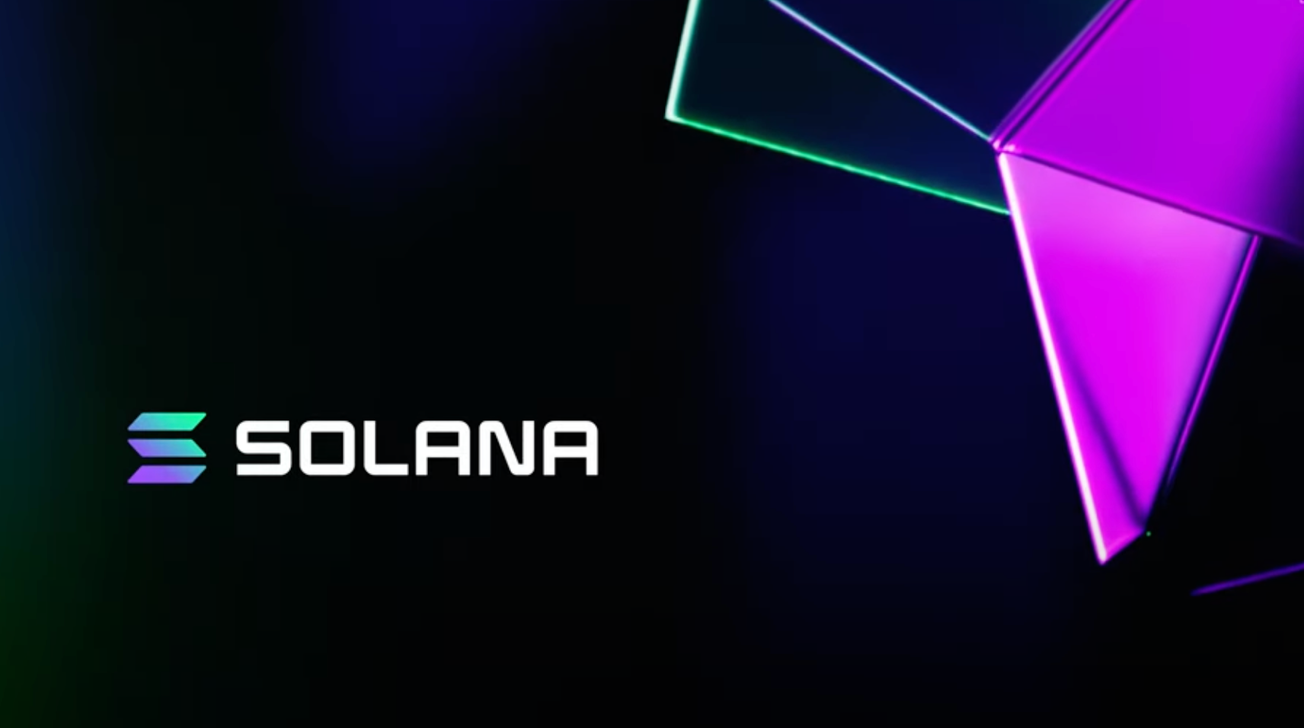Table of Contents
“Interoperability” – a perpetual tongue-twister even for people working in the crypto industry – is a fairly simple concept to grasp despite its complex pronunciation. The ability for different blockchains to share data and assets seamlessly is akin to how the global banking infrastructure currently operates, where information such as financial transactions can be securely exchanged between banks using SWIFT.
However, contrary to the banking system, Web3 is filled with siloed networks operating in isolation, which means that users and developers are often forced to choose between protocols, limiting their options and hindering adoption.
Therefore, a multi-chain ecosystem where different blockchains each serving a unique purpose will be able interoperate with one another – much like how participants in traditional finance can remain “interconnected” despite using different banks – is crucial to the long-term success of Web3.
At the recent Coinfest Asia 2022 conference in Bali, panellists working for different ecosystems sat down together to discuss the importance of interoperability and their outlook for the industry at large.
“You hear a lot in crypto that the future is multi-chain but it’s not really accurate. The future we’re talking about is more interoperability, it’s not the existence of multiple chains, it’s the existence of multiple chains that interact with each other in a more smooth way,” said Emily Parker, head of global content at Coindesk.
Read more: Sorry, But Ethereum Can’t Be Killed
Oliver Barker, grants operation manager at NEAR Foundation, believes that a multi-chain future consists of “three to five different blockchains” which are already good at different “niches” such as DeFi, gaming and NFTs. He also noted that although there are already bridges that allow for the transfer of assets between blockchains, they’re not intuitive and easy-to-use, which means that only people working in the space are able to utilise them.
“I think to have a full multi-chain world is where you can move something easily. It doesn’t have long instructions or be really detailed”, he explained.
What’s stopping interoperability?
According to Parker, interoperability poses new challenges, including security risks on cross-chain bridges. Cross-chain bridges are more vulnerable than the Layer 1s they help connect, because they often feature a centralised storage point of funds that back the “bridged” assets on the receiving blockchain. Chainalysis estimates that approximately US$2 billion in cryptocurrency was stolen from cross-chain bridges across 13 separate hacks so far this year, with attacks on these bridges accounting for 69% of total funds stolen.
“Every single time you add a bridge to be more interoperable, you just add more vulnerabilities”, said Gwendolyn Regina, investment director at BNB chain.
“The more you want to innovate and make the ecosystem more multi-chain and interoperable, the more problems you’re going to get,” she added.
Emilio Canessa, special projects manager at public blockchain developer DFINITY, explained that current technical difficulties such as smart contract incompatibility is also one of the main reasons why blockchains have been unable to communicate seamlessly.
“I think in terms of blockchain interoperability we’re really not there yet,” he opined.
Efforts to establish interoperability between virtual worlds built on the same blockchain have also seen limited progress. For example, Ethereum-based metaverse platform The Sandbox allows users to use their NFT avatars from projects such as Bored Ape Yacht Club, Moonbirds and Cool Cats, but does not allow the transfer of assets between fellow Ethereum-based metaverse platforms Decentraland and Cryptovoxel.
Read more: Is an Interoperable Metaverse a Pipe Dream?
These so-called decentralised virtual spaces are often backed by centralised companies (e.g. The Sandbox is a subsidiary of leading blockchain venture capital firm Animoca Brands), which means that there is very little incentive for them to establish and support interoperability with other projects let alone other ecosystems, especially in the highly profitable web3 space.
Education first, interoperability later
For Barker, it’s more important to get the person on the street on board web3 first instead of focusing on interoperability between ecosystems, something that the other panellists also agree with.
“We’re trying to go for mass adoption, we all believe in blockchain technology and that’s why we’re here. But we want the rest of the world to use it too,” he said.
“Education is more on the side of educating people on the benefits of blockchain technology and not on educating people on how to use it. It should be a place where you can go in and use it very seamlessly across the board,” he added.
“Now it’s [interoperability] not the most important, but at the same time all the dApps want to go multi-chain because they want to work with all of us. It’s a virtuous cycle at this point,” said Regina.
Read more: “Interoperability Is Key”: Ripple’s Rahul Advani Discusses CBDCs, Regulation









